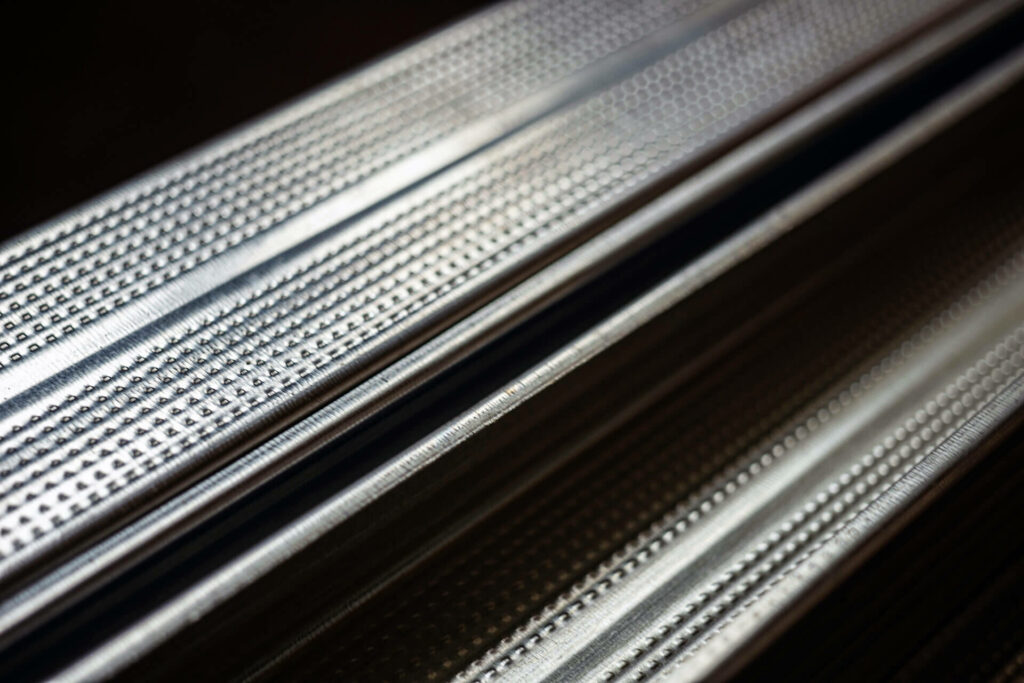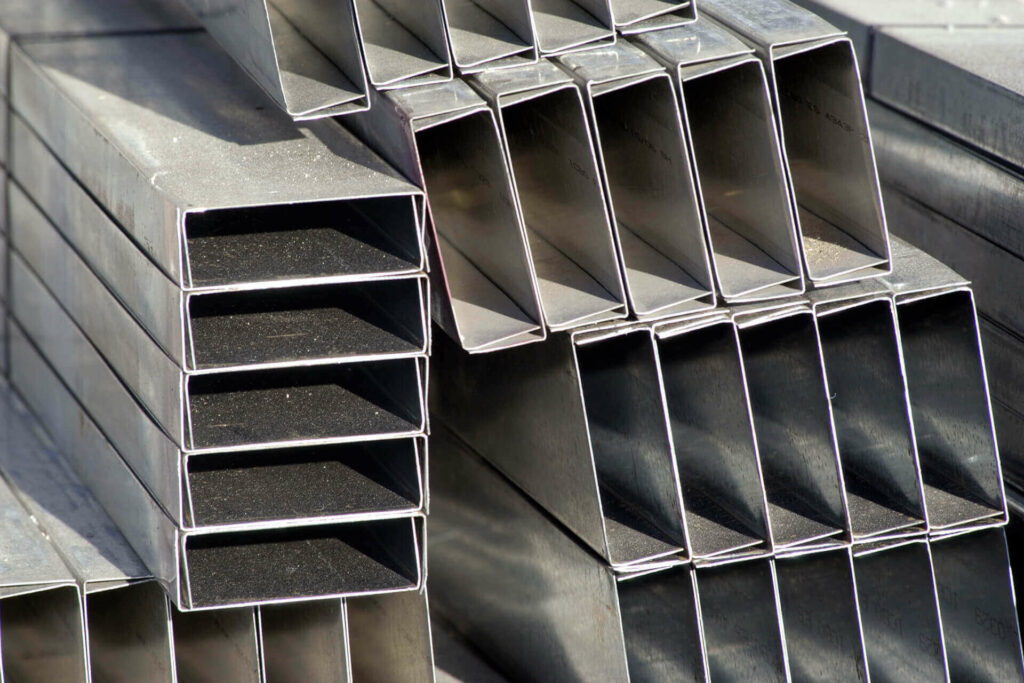The goal of steel stud or metal stud framing is the same as traditional lumber framing. However, the tools and techniques required are quite different due to differences in materials.


We start by measuring and laying out the floor plan for the area that needs to be framed. The engineer then makes the call on what gauge of steel is to be used. One advantage of framing with metal is that we do not need to frame the entire wall before tilting it in place.

Tracks are the horizontal part of walls at the bottom and the top of the walls. We measure and cut the tracks to length before laying them and securing them to the floor and ceiling. Depending on the gauge of steel used, we may use a chop saw or tin snips. The latter does not create any dust.



Finally, we cut the studs to length, place them into the tracks, and make sure they are plumb before attaching them to tracks. For heavy gauge steel, we screw both sides. For lighter gauge steel, we screw one side and crimp the other. After this step, we can proceed to installing insulation and hanging drywall if you wish.
Even if you have experience framing walls using lumber, it is still a good idea to hire a contractor specializing in steel stud framing. This is because steel stud framing uses different tools, hardware and usually has its own section in building codes or bylaws. Also, it requires experience and proper safety precautions to safely handle the material, as it can be sharp and cut the handler or power cords.
There are reasons why steel studs are more commonly used in commercial buildings and projects than lumber; here are some of them.


Traditionally, metal stud framing is more commonly found in commercial buildings than residential ones because lumber was cheaper. That has since changed, and steel is now more cost-effective.

Galvanized steel does not rust. Unlike wood, it does not rot, grow mold, split or shrink. In the event of a fire, it also does not combust or melt. Additionally, it is lighter than lumber but just as strong or even more robust depending on the gauge of steel stud used.



Metal studs and tracks are manufactured with a high level of precision, unlike wood. Therefore, walls framed with steel can be perfectly straight and square, which makes finishing work more manageable, such as drywalling and trim and flooring installation.